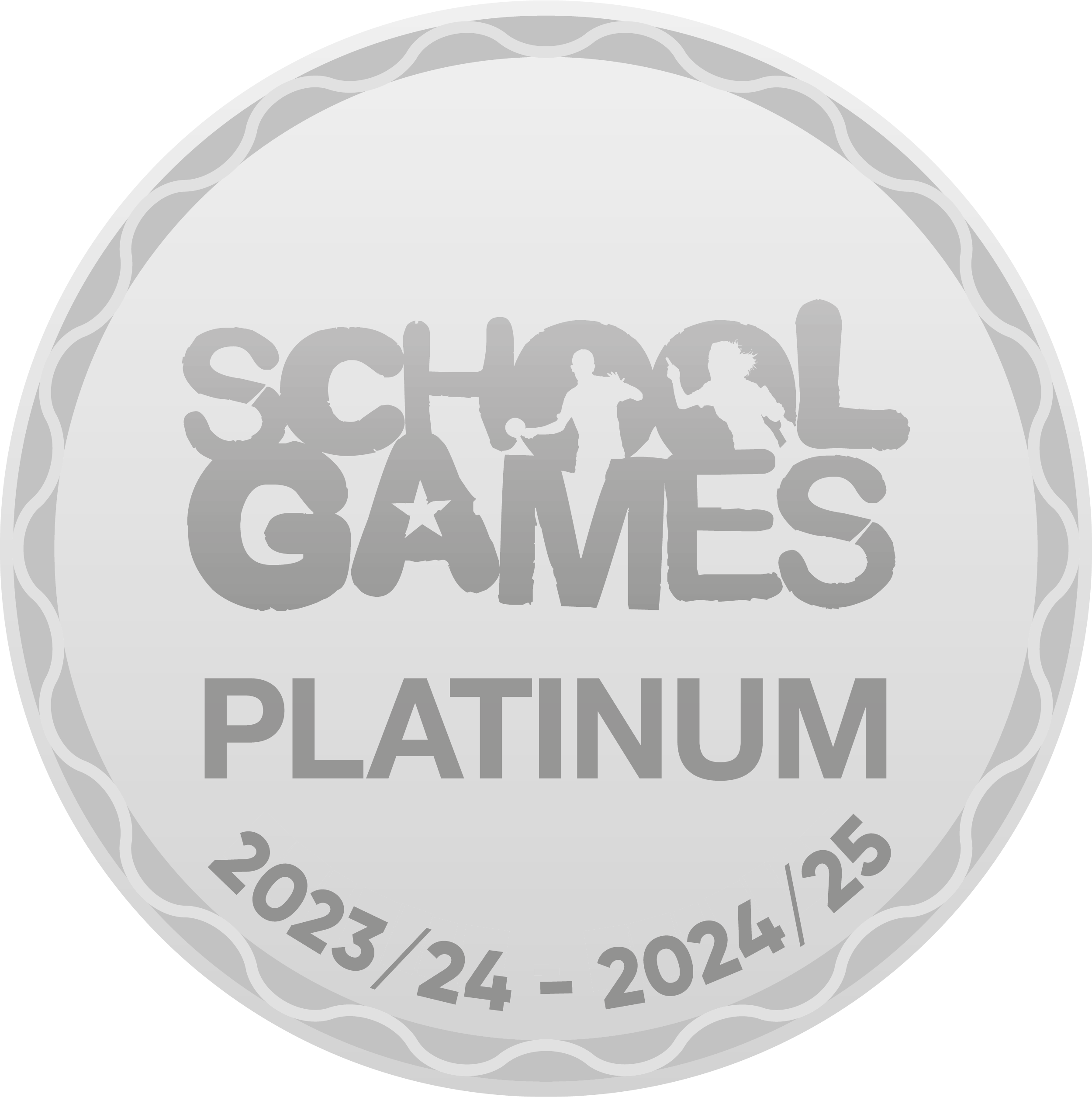Intent






Characteristics of an Artist
- The ability to use visual language skilfully and convincingly (for example, line, shape, pattern, colour, texture, form) to express emotions, interpret observations, convey insights and accentuate their individuality.
- The ability to communicate fluently in visual and tactile form.
- The ability to draw confidently and adventurously from observation, memory and imagination.
- The ability to explore and invent marks, develop and deconstruct ideas and communicate perceptively and powerfully through purposeful drawing in 2D, 3D or digital media.
- An impressive knowledge and understanding of other artists, craft makers and designers.
- The ability to think and act like creative practitioners by using their knowledge and understanding to inform, inspire and interpret ideas, observations and feelings.
- Independence, initiative and originality which they can use to develop their creativity.
- The ability to select and use materials, processes and techniques skillfully and inventively to realise intentions and capitalise on the unexpected.
- The ability to reflect on, analyse and critically evaluate their own work and that of others.
- A passion for and a commitment to the subject.
National Curriculum
Art and design can embody some of the highest forms of human creativity. A high-quality art and design education should engage, inspire and challenge pupils, equipping them with the knowledge and skills to experiment, invent and create their own works of art, craft and design. As pupils progress, they should be able to think critically and develop a more rigorous understanding of art and design. They should also know how art and design both reflect and shape our history, and contribute to the culture, creativity and wealth of our nation Aims The national curriculum for art and design aims to ensure that all pupils: • produce creative work, exploring their ideas and recording their experiences • become proficient in drawing, painting, sculpture and other art, craft and design Techniques • evaluate and analyse creative works using the language of art, craft and design • know about great artists, craft makers and designers, and understand the historical and cultural development of their art forms.
Key stage 1
- Use experiences and ideas as the inspiration for artwork.
- • Share ideas using drawing, painting and sculpture.
- • Explore a variety of techniques.
- • Learn about the work of a range of artists, artisans and designers.
Key stage 2
- Use experiences, other subjects across the curriculum and ideas as inspiration for artwork.
- • Develop and share ideas in a sketchbook and in finished products.
- • Improve mastery of techniques. (including drawing, painting and sculpture with a range of materials [for example, pencil, charcoal, paint, clay]
- • Learn about the great artists, architects and designers in history









